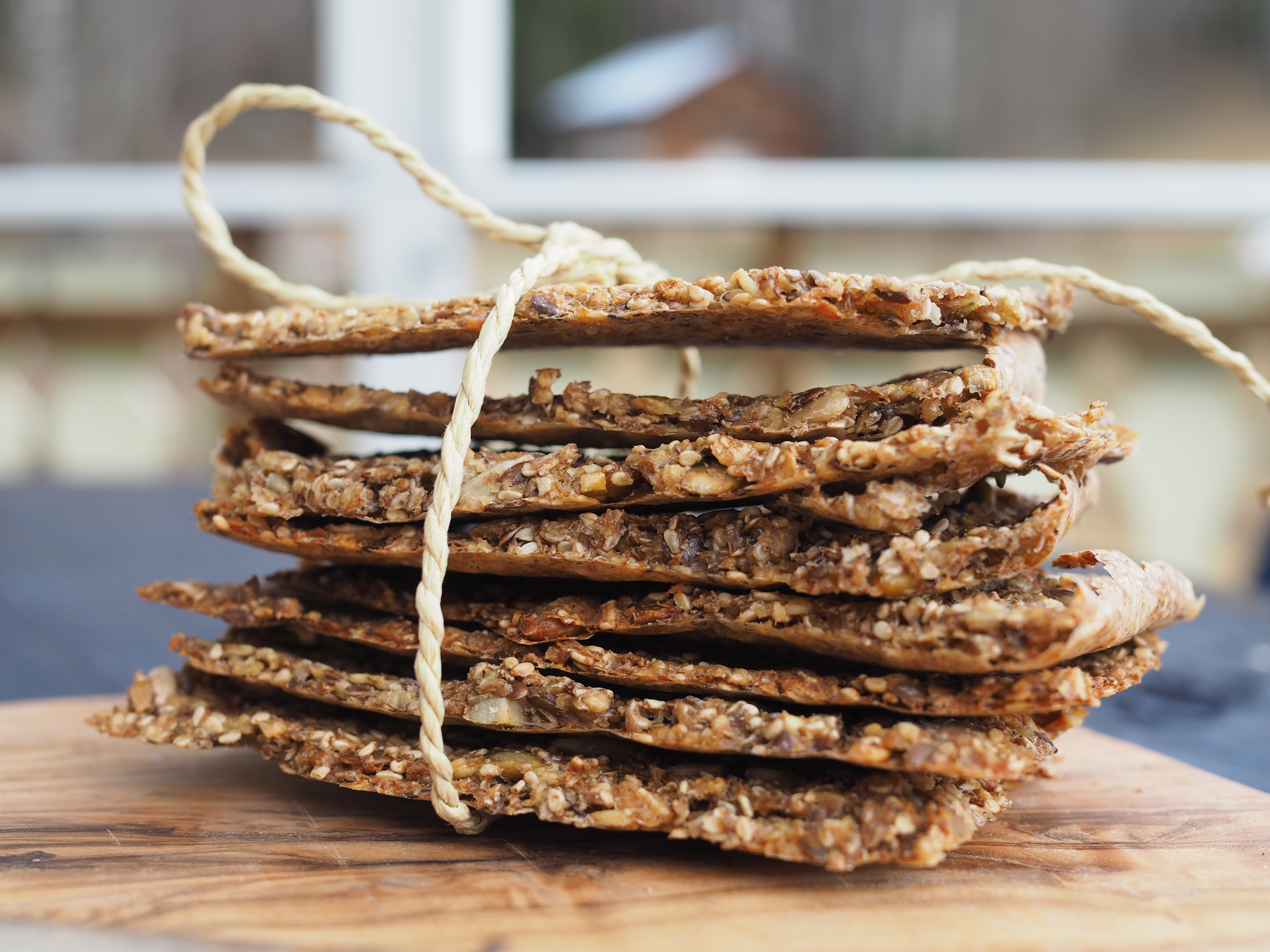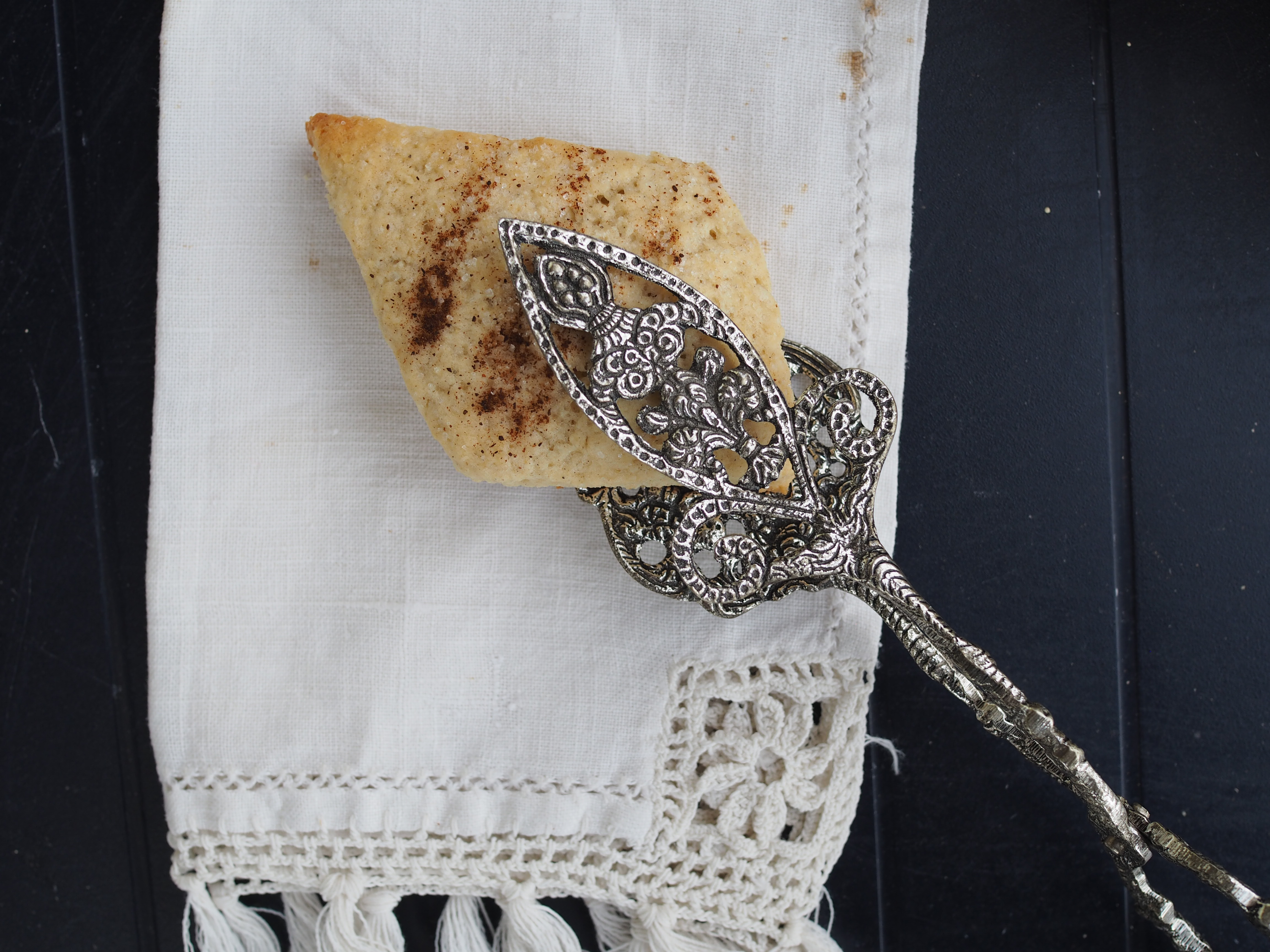
 Sprouts of stinging nettles and wood nettles (brennesle) have unearthed across our farm following an indecisive spring which left plenty of water and a sudden transition from frosty earth to vibrant patches of green. In only a few short days, they have begun a siege to take over; relentless, swift and full of surprise positioning. While their dominance and sting may prompt many to take up battle, it is their nutrition and use in cooking which have many people, including myself, welcome the voracious growing with open arms.
Sprouts of stinging nettles and wood nettles (brennesle) have unearthed across our farm following an indecisive spring which left plenty of water and a sudden transition from frosty earth to vibrant patches of green. In only a few short days, they have begun a siege to take over; relentless, swift and full of surprise positioning. While their dominance and sting may prompt many to take up battle, it is their nutrition and use in cooking which have many people, including myself, welcome the voracious growing with open arms.
Behind the bite of this so called weed, is an incredibly nutritional and diverse super plant. Nettles can be handled and tamed (with some good gloves and boiling water) and have long been valued for their medicinal and health benefits, as well as their textile properties. Even the Vikings understood their value, as nettle fibers were discovered during the Oseberg find; a Norwegian Viking burial ship dated around 834 AD. During World War 1, the German army used nettles as a substitute for cotton when there was a shortage of textiles. And aside from being greatly fibrous, nettles are rich in vitamin C, magnesium and iron and other antioxidants. Ancient Egyptians used infusions of nettle for arthritis and the Romans carried it with them for stimulating circulation for tired legs. Hippocrates (460-377 B.C.) and his followers reported 61 remedies using nettle. Native tribes across America, Ecuador and Canada were also discovered to use nettle for its medicinal properties. And today, it continues to be used for multiple remedies, including allergies, eczema, iron deficiency, and so on. (source)



 Lifting the weight and removing the board revealed a two-day culinary journey. Nothing difficult, nothing too time consuming. An act of osmosis. Curing. Transformation. And as the sharpened knife slowly pierced into the orange-pink, dill-infused delicacy, the thrill of knowing the next time step would be getting a taste reached across to everyone in the kitchen. A smooth, grainy and subtly sweet mustard sauce and a warm, hearty bowl of creamy potatoes dancing with dill to round it all off. Luxury at its finest and also its simplest.
Lifting the weight and removing the board revealed a two-day culinary journey. Nothing difficult, nothing too time consuming. An act of osmosis. Curing. Transformation. And as the sharpened knife slowly pierced into the orange-pink, dill-infused delicacy, the thrill of knowing the next time step would be getting a taste reached across to everyone in the kitchen. A smooth, grainy and subtly sweet mustard sauce and a warm, hearty bowl of creamy potatoes dancing with dill to round it all off. Luxury at its finest and also its simplest.


 A Norwegian breakfast and lunch is never complete without a slice of bread or a type of knekkebrød. These ‘crisp breads’ or ‘breaking breads’ which are flat and dry, resembling a cracker, probably originated in Scandinavia close to 500 years ago. Some sources say that crisp bread was a staple of the Vikings as they could store them for long periods of time. These crisp breads would have been baked on hot stones, while today’s knekkebrød is baked in the oven. Baking them in the oven is what makes these crisp breads so different from the Norwegian flatbrød, which is baked on a flat griddle, much like lefse.
A Norwegian breakfast and lunch is never complete without a slice of bread or a type of knekkebrød. These ‘crisp breads’ or ‘breaking breads’ which are flat and dry, resembling a cracker, probably originated in Scandinavia close to 500 years ago. Some sources say that crisp bread was a staple of the Vikings as they could store them for long periods of time. These crisp breads would have been baked on hot stones, while today’s knekkebrød is baked in the oven. Baking them in the oven is what makes these crisp breads so different from the Norwegian flatbrød, which is baked on a flat griddle, much like lefse.


 The roosters and hens have given a whole new meaning to the term ‘free range’ these days. Making their rounds, they circle up into the woods and around the kitchen garden just before sunbathing and slumbering below my kitchen window. They continue on following a makeshift pathway down a small slope to the main lawn and heading back to their coop for another siesta. They make this journey a couple of times a day and the roosters crow every once in awhile as if to give me some sort of sense that their journey under the sun is going well. Very well.
The roosters and hens have given a whole new meaning to the term ‘free range’ these days. Making their rounds, they circle up into the woods and around the kitchen garden just before sunbathing and slumbering below my kitchen window. They continue on following a makeshift pathway down a small slope to the main lawn and heading back to their coop for another siesta. They make this journey a couple of times a day and the roosters crow every once in awhile as if to give me some sort of sense that their journey under the sun is going well. Very well.


 My sister recently collated and copied my Great Grandmother’s recipes as gifts for the whole family. Reading through the recipes brought back so many wonderful memories. Her cookies were always a highlight of our holiday traditions. Cookies that, today, seem classical and perhaps a bit vintage. Something our grandmother grew up with and baked for us in our childhood, but we rarely, if ever, bake in our own kitchens.
My sister recently collated and copied my Great Grandmother’s recipes as gifts for the whole family. Reading through the recipes brought back so many wonderful memories. Her cookies were always a highlight of our holiday traditions. Cookies that, today, seem classical and perhaps a bit vintage. Something our grandmother grew up with and baked for us in our childhood, but we rarely, if ever, bake in our own kitchens.


 As the sun rises, I find myself in the room I grew up in. The interior may have changed over the years I have been gone, but the memories have been imprinted across the walls, something that new paint cannot erase.
As the sun rises, I find myself in the room I grew up in. The interior may have changed over the years I have been gone, but the memories have been imprinted across the walls, something that new paint cannot erase.